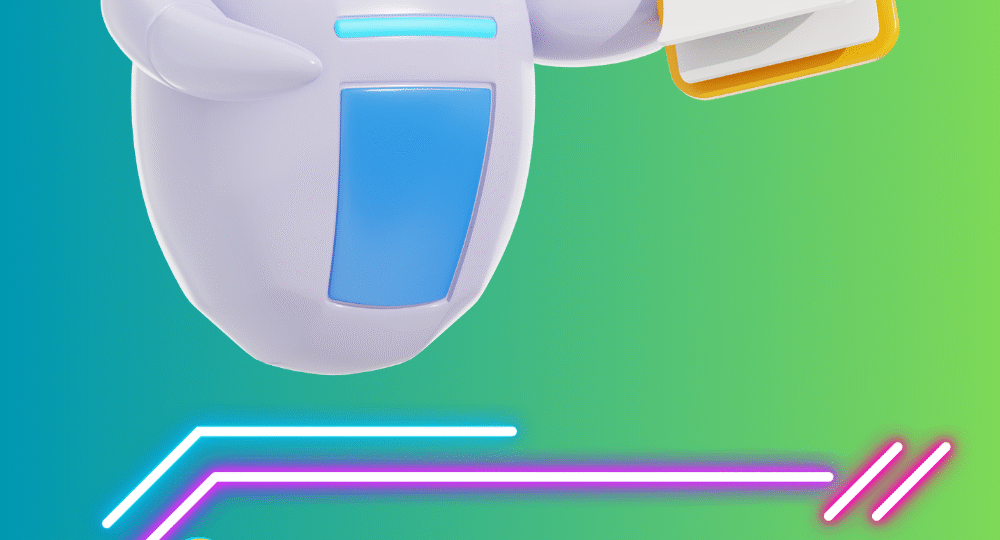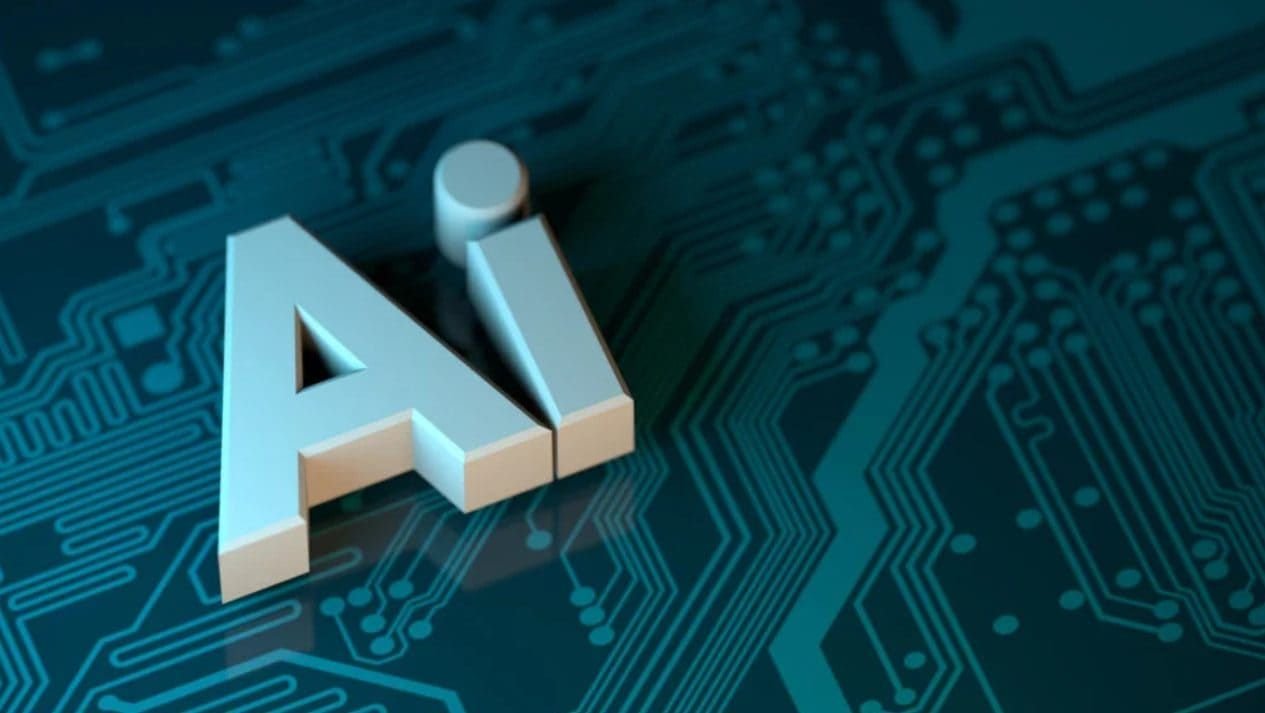
Artificial intelligence, often a term that sounds like it belongs in a sci-fi movie, is becoming an exciting part of our everyday lives, and it’s not as complicated as it might seem. In this friendly guide, we’ll break down the basics of AI, exploring its fascinating role in the world with a focus on understanding AI in simple terms. Designed for curious kids and beginners alike, we’ll answer “What is AI?” in a way that’s easy to grasp and fun to explore. From chatbots that tell stories to smart assistants that can play your favorite song, artificial intelligence for kids and beginners is more accessible than ever. Join us as we embark on an adventure to demystify AI, empowering you to see the magic it brings to our world.
Artificial Intelligence for Kids
Let’s dive into the exciting world of AI, tailored especially for young, curious minds! We’ll explore what AI is, how it works, and where you might see it in your daily life.
What is AI?
Artificial Intelligence (AI) is like giving computers a brain of their own. It’s a way to make machines think and learn, almost like humans do!
AI is all about creating smart computer programs that can solve problems, make decisions, and even learn from their experiences. Imagine having a robot friend who gets better at playing games with you every time you play together – that’s AI in action!
Just like how you learn new things at school or from your parents, AI systems are designed to learn from data and improve over time. They can recognize patterns, understand language, and even make predictions about what might happen next.
AI Explained Simply
AI can be explained as a set of tools and techniques that allow computers to mimic human intelligence. It’s like teaching a computer to think and make decisions on its own.
At its core, AI uses algorithms – which are like recipes or step-by-step instructions – to process information and come up with solutions. These algorithms help the AI system learn from examples and experiences, just like how you learn from your teachers or by practicing a skill.
For instance, when you play a video game that adapts to your skill level, that’s AI working behind the scenes. It’s observing how you play, learning from your actions, and adjusting the game to make it more fun and challenging for you.
Fun Examples of AI in Everyday Life
AI is all around us, making our lives easier and more fun in ways we might not even realize! Let’s look at some cool examples:
- Virtual Assistants: Siri, Alexa, or Google Assistant are AI-powered helpers that can answer questions, play music, or even tell jokes!
- Video Game Characters: The characters in your favorite games that react to your actions are often controlled by AI.
- Recommendation Systems: When Netflix suggests a movie you might like or Spotify creates a playlist just for you, that’s AI at work!
- Smart Home Devices: Lights that turn on when you enter a room or thermostats that learn your temperature preferences use AI.
These examples show how AI is making our world more interactive and personalized. It’s like having a super-smart friend who’s always there to help and make things more fun!
Beginners Guide to AI
Now that we’ve covered the basics, let’s delve deeper into understanding AI, how it works, and why it’s so important for our future.
Understanding AI Basics
AI basics involve understanding how computers can be programmed to perform tasks that typically require human intelligence. This includes things like visual perception, speech recognition, decision-making, and language translation.
The foundation of AI lies in its ability to process vast amounts of data quickly and accurately. It uses this data to learn patterns and make predictions or decisions. For example, an AI system might analyze thousands of cat pictures to learn what a cat looks like, and then be able to identify cats in new images it hasn’t seen before.
AI systems can be categorized into two main types: narrow AI (designed for specific tasks) and general AI (capable of performing any intellectual task that a human can). Most AI we interact with today is narrow AI, like the AI in your smartphone’s camera that recognizes faces.
How AI Works in Simple Terms
AI works by using algorithms to process data and make decisions. Here’s a simple breakdown:
- Data Collection: AI systems gather information from various sources, like sensors, databases, or user inputs.
- Data Processing: The collected data is analyzed to identify patterns and relationships.
- Learning: Based on the processed data, the AI system updates its understanding and improves its performance.
- Decision Making: Using what it has learned, the AI makes decisions or predictions when given new information.
For example, a music recommendation AI might work like this: It collects data on the songs you like, processes this information to understand your taste, learns from your listening habits, and then makes decisions about which new songs to recommend to you.
Why AI is Important for the Future
AI is crucial for our future because it has the potential to solve complex problems and improve many aspects of our lives. Here’s why it matters:
- Efficiency: AI can perform tasks much faster than humans, helping us save time and resources.
- Innovation: AI is driving new discoveries in fields like medicine, space exploration, and environmental protection.
- Personalization: From education to entertainment, AI can tailor experiences to individual needs and preferences.
AI is also creating new job opportunities and changing the way we work. While some jobs may be automated, new roles are emerging that focus on developing and managing AI systems.
As AI continues to evolve, it’s important for everyone, especially young people, to understand its basics. This knowledge will help you navigate the AI-driven world of the future and maybe even contribute to shaping it!
RELATED POSTS
View all


